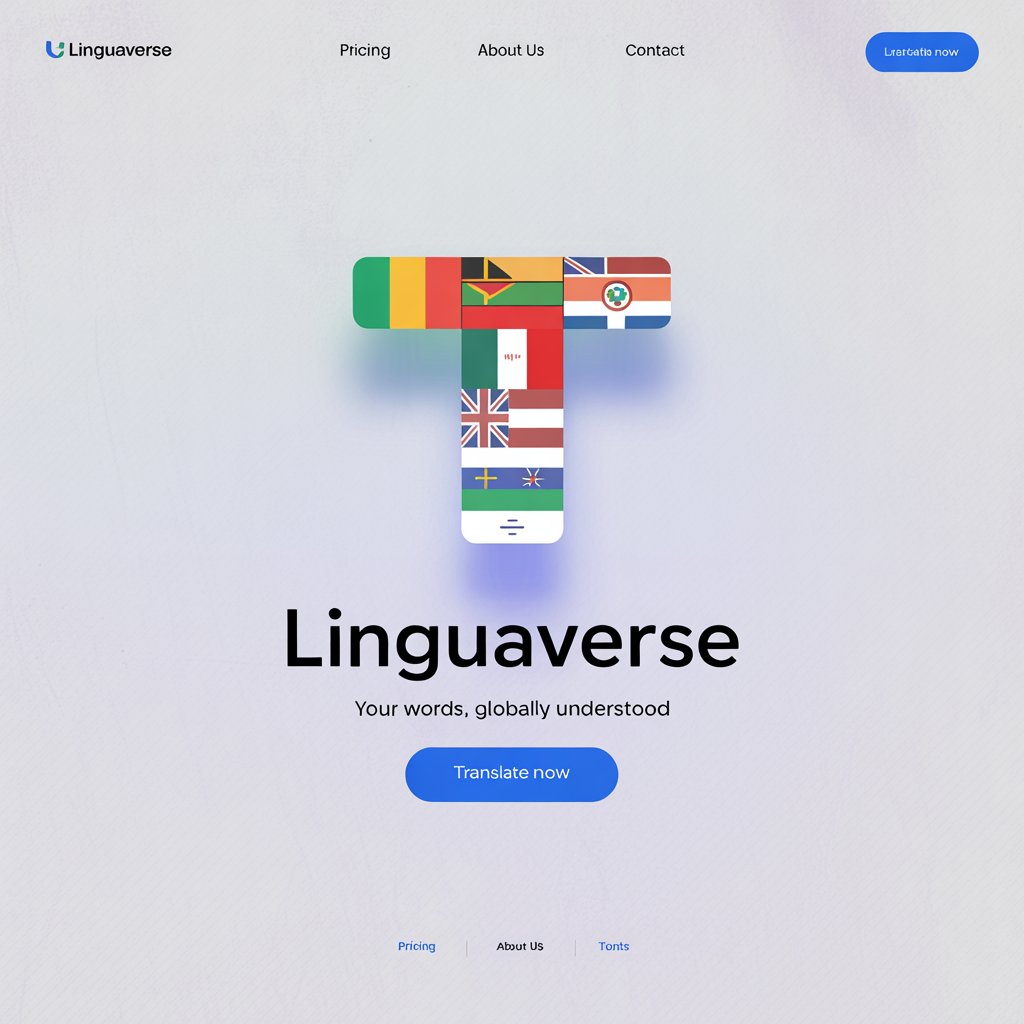Introduction: A Universal Language of the Heart
The word “lovely” carries a warmth that feels like a gentle hug, a fleeting moment of beauty that transcends borders. I remember sitting in a bustling café in Paris, watching a street artist sketch a couple laughing under an umbrella. The waiter, with a knowing smile, described the scene as adorable—the French equivalent of “lovely.” It struck me how this simple word captures something universal: the quiet joy of appreciating something or someone dear. Across cultures, “lovely” reflects an emotion we all share—admiration, affection, and delight in life’s small wonders. This article dives into how the world says “lovely,” weaving together linguistic diversity and cultural stories that remind us of our shared humanity.
A Global Lexicon of “Lovely”
Below is a reference table showcasing how “lovely” is expressed in various languages, paired with cultural insights that reveal the word’s unique flavor in each context.
| Language | Word/Phrase | Cultural/Linguistic Insight |
|---|---|---|
| French | Adorable | Used for people, places, or moments; evokes charm and warmth, often with a romantic undertone. |
| Spanish | Encantador(a) | Suggests something enchanting, often used for people or experiences with a magical quality. |
| Italian | Grazioso(a) | Implies grace and elegance, often used for delicate beauty, like a dancer or a sunset. |
| German | Lieblich | Carries a poetic, almost nostalgic tone, often used for nature or tender moments. |
| Mandarin | 可爱 (Kě’ài) | Literally “can love,” often used for cute or endearing things, like children or pets. |
| Hindi | सुंदर (Sundar) | Broadly means beautiful, used for people, places, or emotions with deep aesthetic appeal. |
| Japanese | 素敵 (Suteki) | Conveys something wonderful or stylish, often with a modern, chic connotation. |
| Korean | 사랑스러운 (Sarangseureoun) | Rooted in “love,” it’s used for people or moments that inspire deep affection. |
| Arabic | جميل (Jameel) | A versatile term for beauty, used across Arab cultures for people, art, or experiences. |
| Swahili | Nzuri | Means beautiful or good, often used to describe people or moments with positive energy. |
| Zulu | Muhle | Emphasizes aesthetic beauty, often tied to cultural pride in appearance or nature. |
| Yoruba | Ẹlẹwà | Suggests inner and outer beauty, often used in a spiritual or moral context. |
| Maori | Ātaahua | Reflects beauty in nature or people, deeply tied to cultural reverence for the land. |
| Hawaiian | Nani | Used for beauty in nature or people, often with a poetic, almost spiritual resonance. |
| Cherokee | Ulisvsdv | Conveys something delightful or pleasing, often tied to harmony in community or nature. |
European Languages: Elegance and Romance
In Europe, “lovely” takes on shades of romance, elegance, and nostalgia. In French, adorable is more than just “cute”—it’s a term of endearment for a child’s smile or a cozy café. The French use it to capture fleeting, heartwarming moments, often with a romantic flair. Spanish encantador evokes enchantment, as if the subject casts a spell, whether it’s a vibrant flamenco performance or a kind stranger’s smile. In Italian, grazioso suggests grace, like a ballerina’s twirl or a sunlit Tuscan hill. German lieblich carries a softer, almost old-world charm, often used to describe a serene landscape or a tender moment between lovers. These words reflect Europe’s cultural emphasis on beauty as both an aesthetic and emotional experience, deeply tied to art, history, and human connection.
Asian Languages: Diversity and Depth
Asia’s linguistic diversity offers a rich tapestry of expressions for “lovely.” In Mandarin, kě’ài (可爱) is playful, often used for adorable children or quirky objects, reflecting China’s cultural affection for youthful innocence. Hindi sundar spans physical and emotional beauty, used in India for everything from a bride’s grace to a monsoon-soaked landscape. In Japanese, suteki has a modern edge, describing a stylish outfit or a delightful experience, like cherry blossoms in bloom. Korean sarangseureoun is steeped in love, used for someone or something that stirs deep affection, like a heartfelt K-drama scene. In Arabic, spoken across over 20 countries, jameel is a versatile term for beauty, from Morocco’s intricate tilework to a poet’s verses in Iraq. These variations highlight Asia’s blend of tradition, modernity, and emotional depth in expressing loveliness.
African Languages: Community and Spirit
Africa’s linguistic landscape reflects its vibrant cultural mosaic. In Swahili, spoken across East Africa (e.g., Kenya, Tanzania, Uganda), nzuri conveys beauty and goodness, often used for a person’s kind spirit or a lively market scene. Zulu muhle, common in South Africa, emphasizes aesthetic pride, like a dancer in traditional attire. Yoruba ẹlẹwà, spoken in Nigeria and Benin, ties beauty to moral character, often used in spiritual contexts. Across Africa’s 54 countries, these terms often blend physical and inner beauty, reflecting communal values where loveliness is tied to harmony, respect, and cultural pride.
Indigenous & Island Languages: Nature and Harmony
Indigenous and island languages offer unique perspectives on “lovely.” In Maori (New Zealand), ātaahua connects beauty to the land, used for a sacred mountain or a cherished person. Hawaiian nani evokes the serene beauty of the islands, from coral reefs to heartfelt aloha. Cherokee ulisvsdv, spoken in parts of the U.S., emphasizes harmony, like a well-balanced community gathering. Samoan matagofie reflects Polynesian reverence for family and nature, used for a child’s laughter or a tropical sunset. Across indigenous cultures in Australia, the Americas, and Pacific islands, “lovely” often intertwines with spiritual and environmental connections, celebrating balance and community.
Cultural Insights: A Word Woven Through Time
The concept of “lovely” has deep historical roots. In ancient Latin, amabilis (lovable) influenced Romance languages, carrying notions of affection and beauty. In Sanskrit, sundara shaped Hindi and other Indian languages, tying beauty to spiritual purity. In Arabic, jameel traces back to pre-Islamic poetry, where it described both physical and moral excellence. Across cultures, “lovely” often emerges in religious or poetic contexts—think of Psalms in Hebrew or haiku in Japanese—reflecting humanity’s timeless need to articulate beauty. These words have evolved with cultural shifts, from oral traditions to modern slang, yet their essence remains: a celebration of what moves the heart.
Proverbs and Sayings: Wisdom in Words
Every culture has sayings that capture the essence of “lovely”:
- French: “La beauté est dans les yeux de celui qui regarde” (Beauty is in the eyes of the beholder)—emphasizing subjective appreciation.
- Hindi: “Sundarta dil se dil tak jati hai” (Beauty travels from heart to heart)—highlighting emotional connection.
- Swahili: “Urembo wa moyo ni bora kuliko wa uso” (The beauty of the heart is better than that of the face)—valuing inner goodness.
- Maori: “He ataahua te whenua, he ataahua te tangata” (The land is beautiful, the people are beautiful)—tying beauty to nature and community. These proverbs reveal how “lovely” transcends appearance, rooting itself in love, kindness, and shared humanity.
FAQs: Unraveling the Word “Lovely”
Why does “lovely” sound similar in many languages?
Many languages share linguistic roots (e.g., Indo-European or Semitic), leading to similar-sounding words for beauty or affection. For example, Latin amabilis influenced French, Spanish, and Italian.
What’s the oldest known usage of “lovely”?
The English “lovely” derives from Old English luflic (worthy of love), dating back over a thousand years. Similar concepts appear in ancient texts like Sanskrit sundara or Arabic jameel.
How do cultures differ in expressing “lovely”?
Western cultures often emphasize romantic or aesthetic beauty, while Asian and African cultures may tie it to inner qualities or community harmony. Indigenous languages often link it to nature or spirituality.
Conclusion: A Word That Unites Us
The word “lovely” is a bridge across cultures, a reminder that beauty and affection are universal languages. Whether it’s adorable in a French café, sundar in an Indian monsoon, or ātaahua on a Maori shore, this word captures moments that make life feel full. It’s a testament to our shared ability to find joy in the world around us. How do you say “lovely” in your language, and what moments does it evoke for you? Share your stories in the comments below—let’s celebrate the beauty of our diverse yet connected world!




